|
【Shangyuan Site】The property of a flower
[2023-9-26 17:16:52]
【Shangyuan Site】 The property of a flower
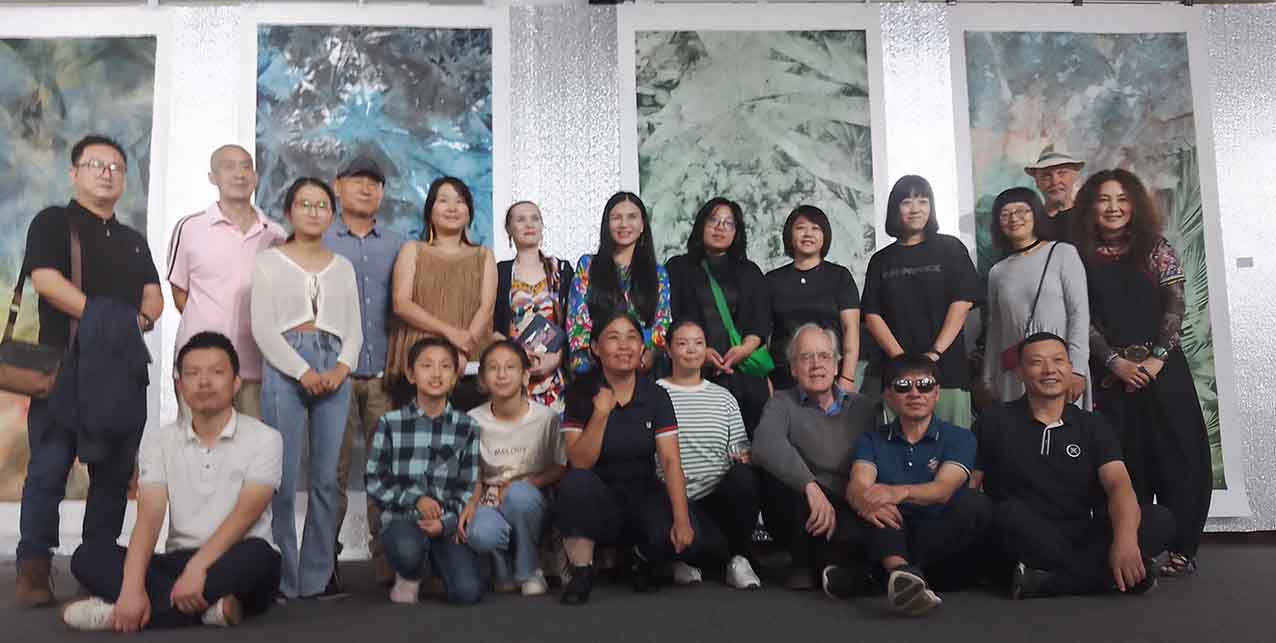
🌸学术主持:大卫 .布鲁贝克(美)、段少锋
Academic support:David Brubaker 、Shaohua Duan
🌼展览策划:韩淑英
Curator: Shuying Han
🍀策展助理:昭昭
Curatorial Assistant:joe
🌹主办单位:上苑艺术馆
Sponsor: Shangyuan Art Museum
🌸参展艺术家: 陈鱼 、程小蓓、董晓丽、韩祺、 韩淑英 、 刘姝铭、刘娜 、刘冰凌、 Ludwika Ogorzelec(波兰)、 李俊谊 、 彭怡、 曲巍巍 、孙鹏 、(孙少坤)、 陶艾民、王帅、王海燕、王海迪、吴洁、 吴敬 、梦露、姚丽双、 赵雅杰、Female artists: Chen Yu, Cheng Xiaopei, Dong Xiaoli, Han Qi,Han shuying, Liu Shuming, Liu Na, Liu Bingling,Ludwika Ogorzelec、Li Junyi, Peng Yi, Qu Weiwei, Sun Peng、 (Sun Shaokun) , Tao Aimin, Wang Shuai, wang Haiyan, Wang Haidi, Wu Jing, Wu Jie, Yao Lishuang, Zhao Yajie,
🌸开幕时间:2023年9月23日 15:00 Opening:September 23,2023
🌼展览时间:2023年9月23日~10月3日 Duration:September 23,2023to October 3,2023
🌹地址:北京市怀柔区桥梓镇沙峪口村上苑艺术馆二号展厅
Venue:Exhibition Hall No. 2, Shangyuan Art Museum,Shayukou Village, Qiaozi County, Huairou District, Beijing
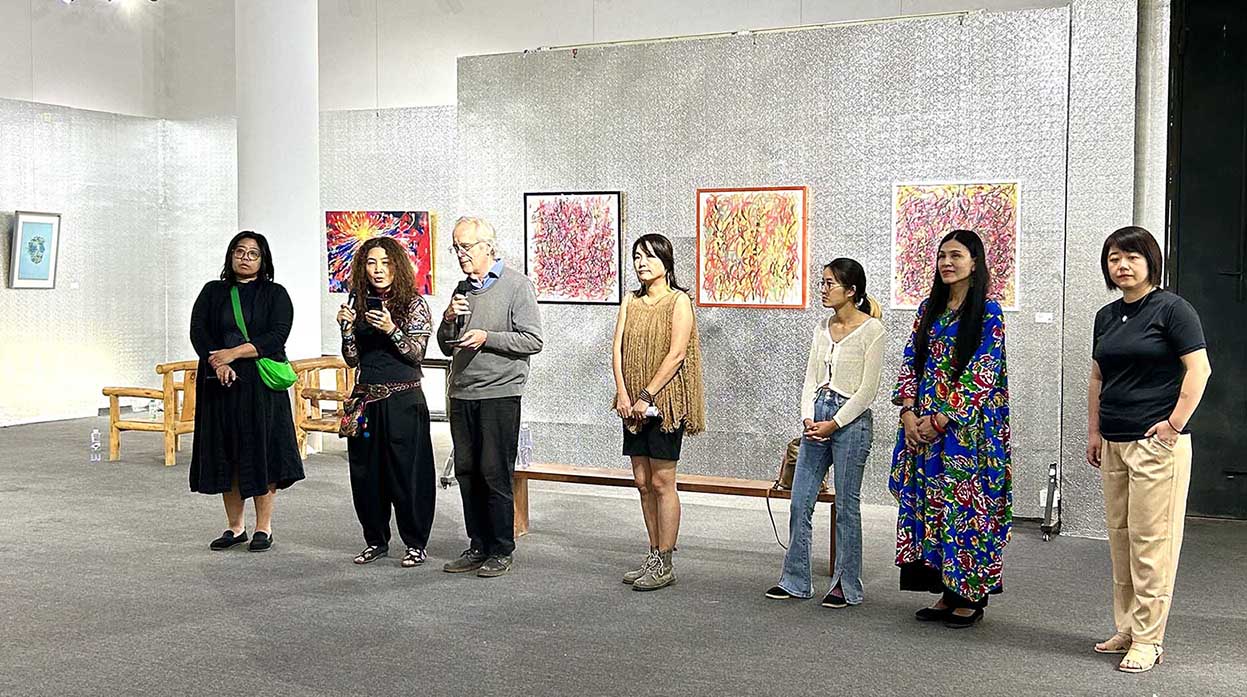
“The Property of a Flower”By David BrubakerWhat do flowers represent and symbolize today? How do women use them in making their own art about contemporary life? In “The Property of a Flower,” women offer answers. With paint, fiber, glass, photographs, printmaking, video, and multimedia, these artists breath life into present times.Many of the artists express feelings about cycles of growth, blooming, and passing away. Liu Na suggests the period of gestation with her fiber work “The Roots of Life,” while Zhao Yajie uses colored glass to explore feelings about embodiment and reproduction. Wu Jia and Peng Yi emphasize blossoming in life by making colorful fireworks and starbursts. This vitality appears in Sun Peng’s photograph of magnolia leaves; the color of the magnified leaves suggests a pure heart. The briefness of full bloom is a theme in Han Qi’s delicate paintings and Wang Shuai’s vibrant color photographs of blossoms. The topic of the multimedia installation by Liu Shuming is the steady unfolding of life; globes filled with images of skirts in different styles mark on-going decades in her grandmother’s life. Yao Lishuang also suggests development with her symbols for paths of movement. By painting flowers in skeleton-like patterns, Qu Weiwei offers thoughts about passing on; returning to the earth is a cycle that supports new life.Another theme is the presence of flowers in everyday dwelling. Wang Haiyan paints vivid red petals of flowers in a vase on a table top. Dong Xiaoli also paints flowers in vases; but her large canvases include the household environment, so the beauty of flowers is within the spaces of daily life.Meditation and realizing one’s own nature in actual life are also explored. In Chen Yu’s Meditation Garden series, flowers are a source of peace; the wide and almost formless leaves suggest a path for reinterpreting the relation of self and the realm of nature. In “Garden of Intension,” Li Junyi paints the flower with no name that is between color and form. Wang Haidi writes that her prints of banana leaves point to a mysterious space; the overlapping leaves link real existence with the realm of the void. Tao Aimin applies a calligraphic script from Jiangyong women to create leaf-like strokes in painting; she points to the everyday work of women and speaks for them to break through darkness to find the light of freedom. Using lithography, Han Shuying has created a flower with human and animal figures that are joined with a creativity and curiosity that raises thoughts of Hieronymus Bosch. Finally, with innovative batik techniques, Liu Bing Ling presents a flower that symbolizes finding your heart and letting the vitality of life appear in the universe. Four artists develop themes related more specifically to the natural environment. Wu Jing’s soft wool weavings produce a mysterious or dream-like harmony with mountains and waters; one of these works is presented in digital video. Cheng Xiaobei paints trees full of life amid mountains; the result is a feeling of connection that leads to thoughts of wandering in nature. There is Sun Shaokun’s powerful performance recorded on video years ago; corn is transformed from a material thing into art that supports the spiritual practice of cultivating harmony with the earth. Finally, in one photograph, a sparking blue-green structure joins neighboring trees at twilight; Ludwika Ogorzelec reminds viewers that they are in the space of natural environments.In this exhibition, flowers are not merely beautiful things. For the artists here, they offer ways to communicate the value of natural life in all of its moments and cycles. Even a single petal manifests a unity with the present where life is most manifest. 2023-9-17
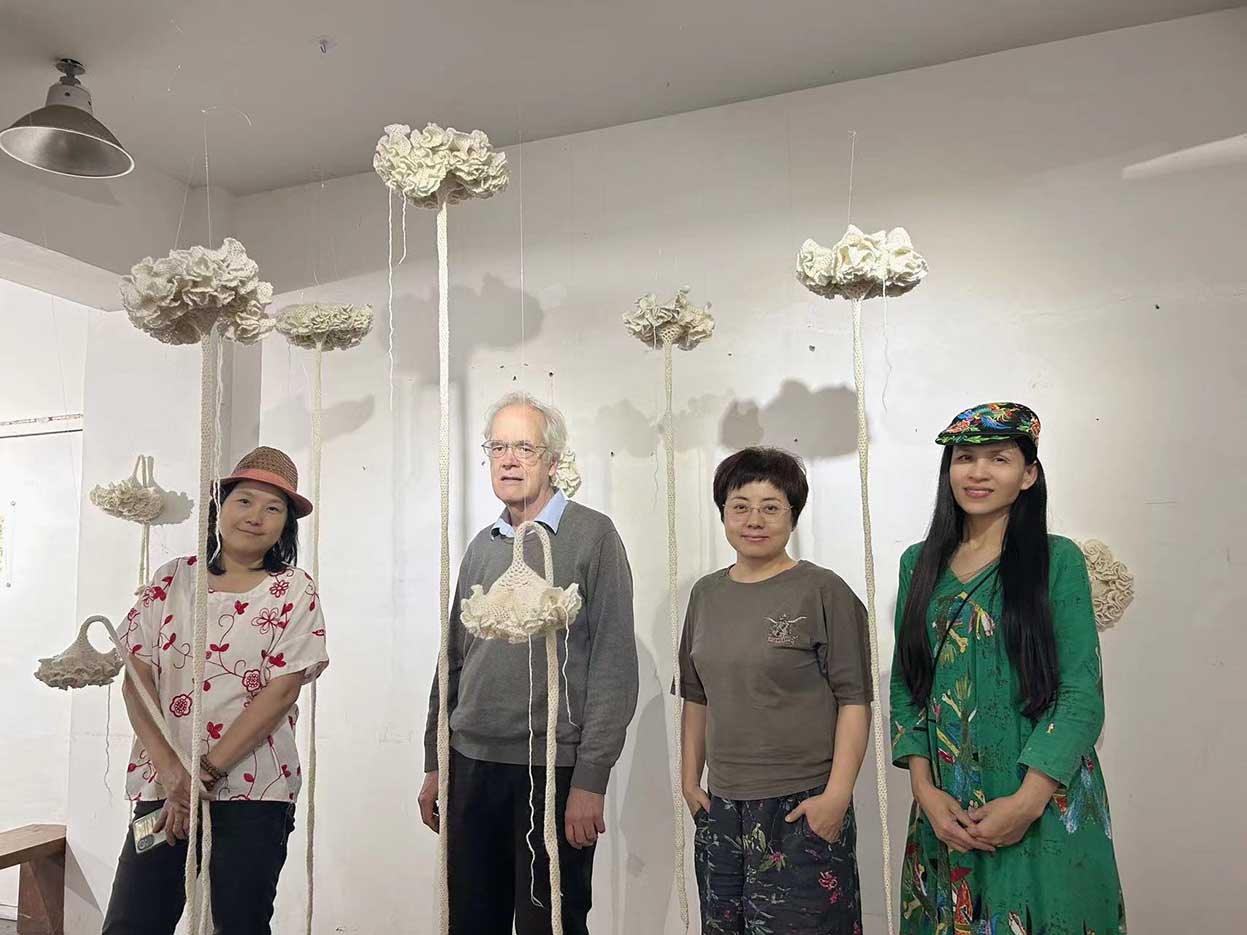


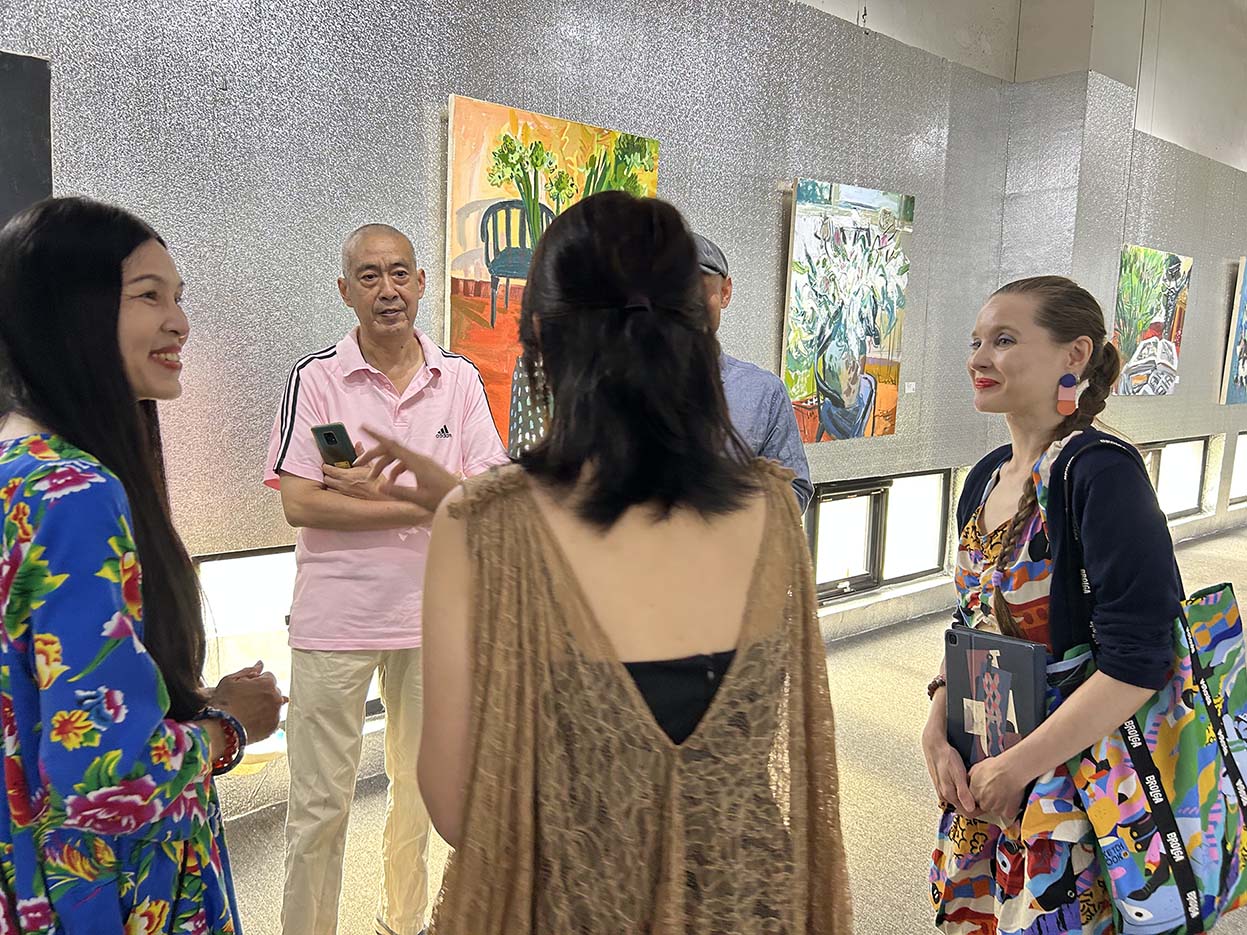
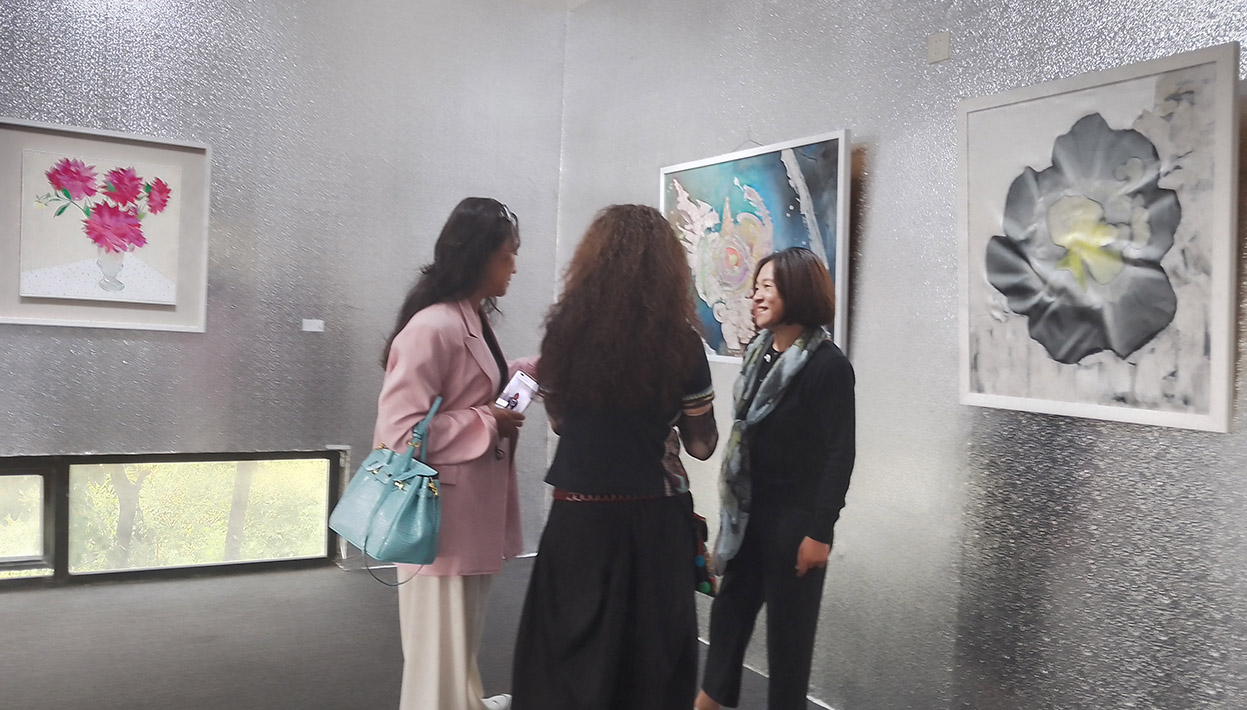
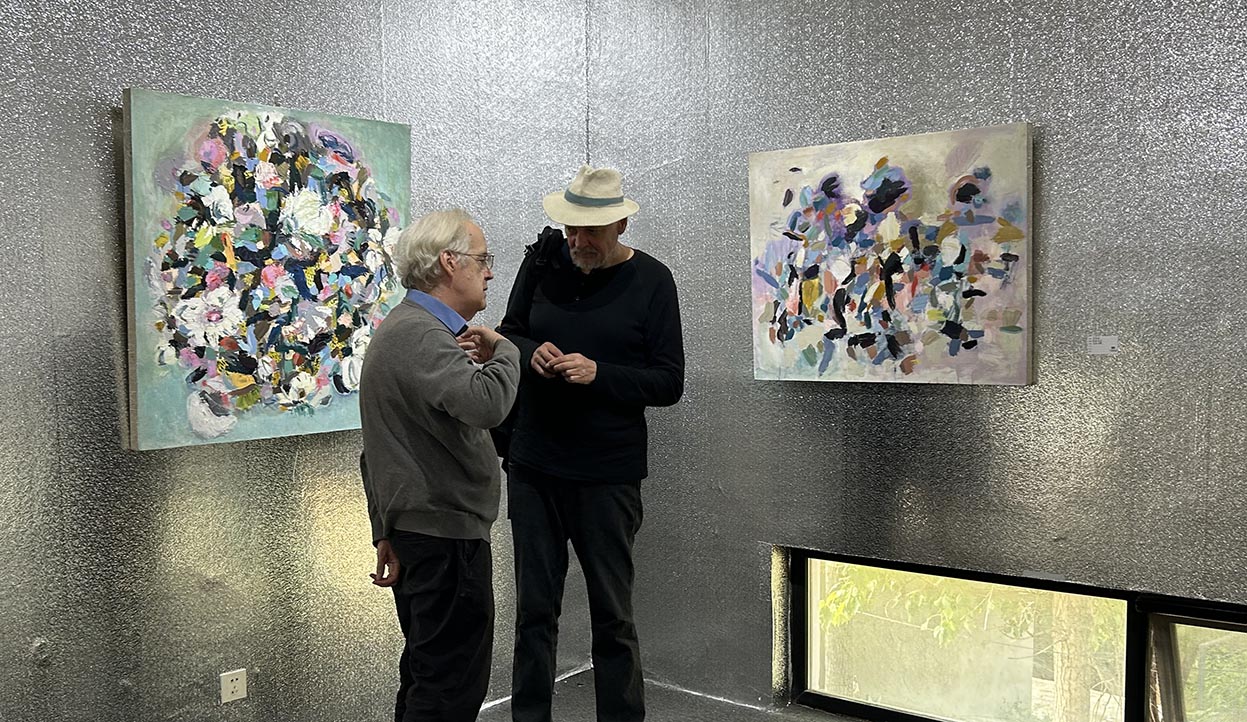
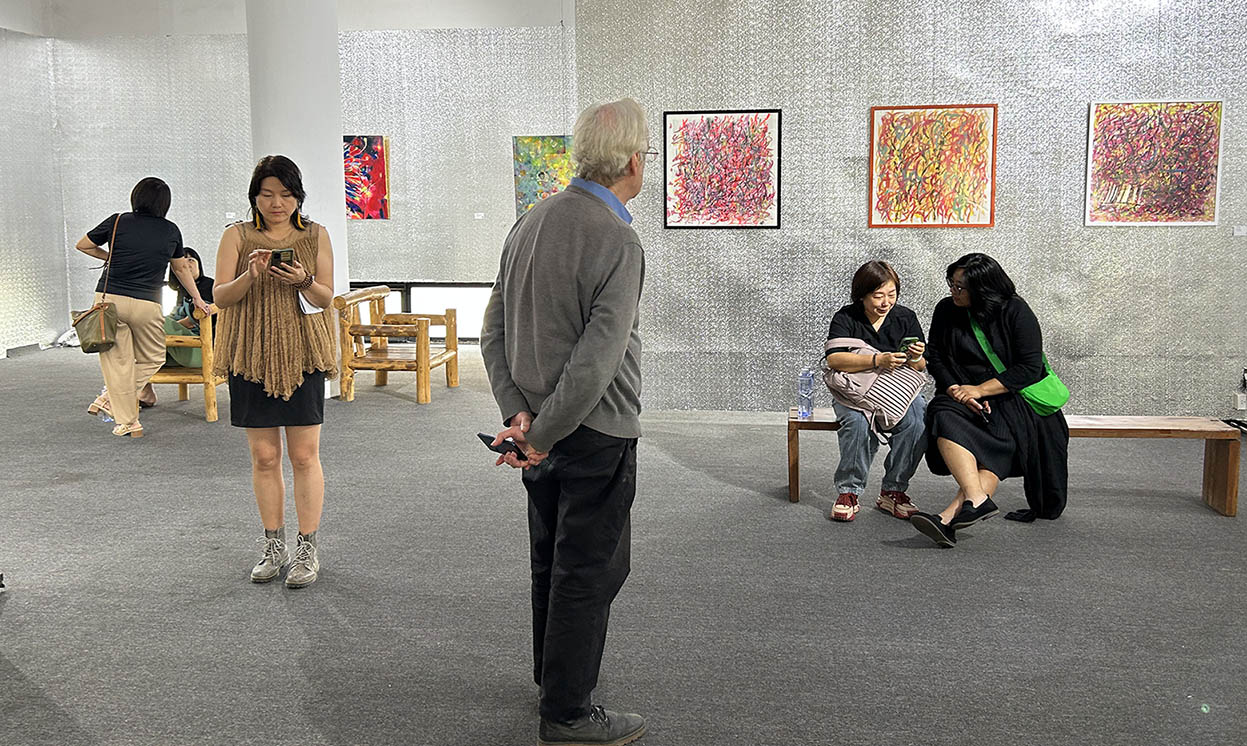
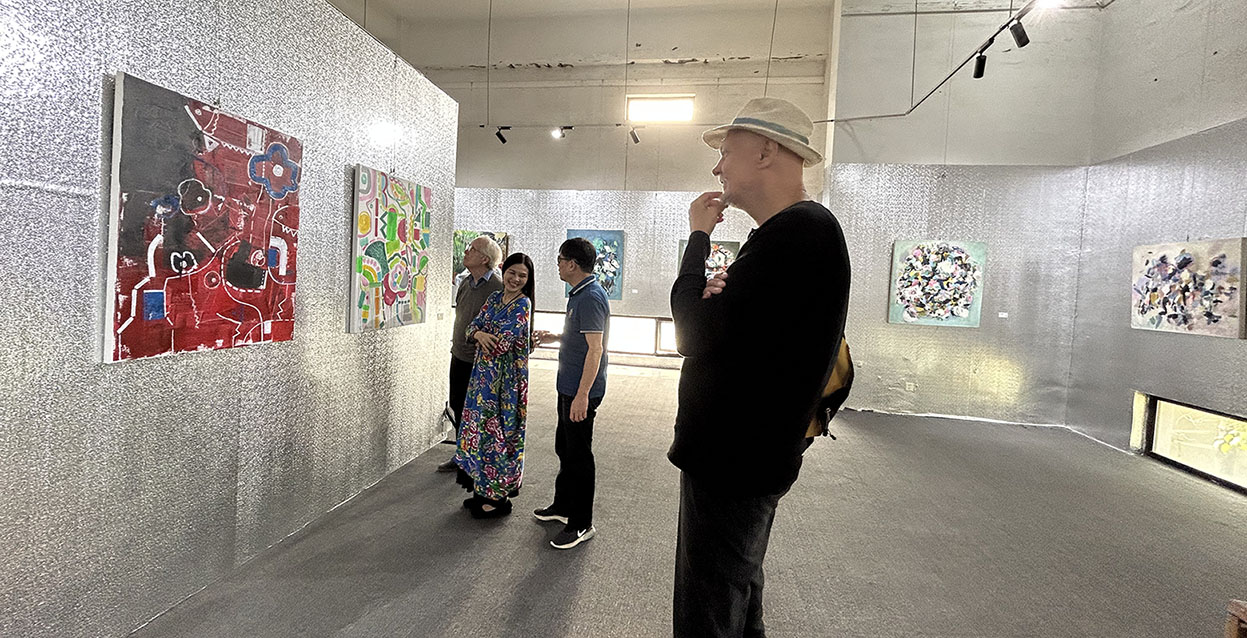
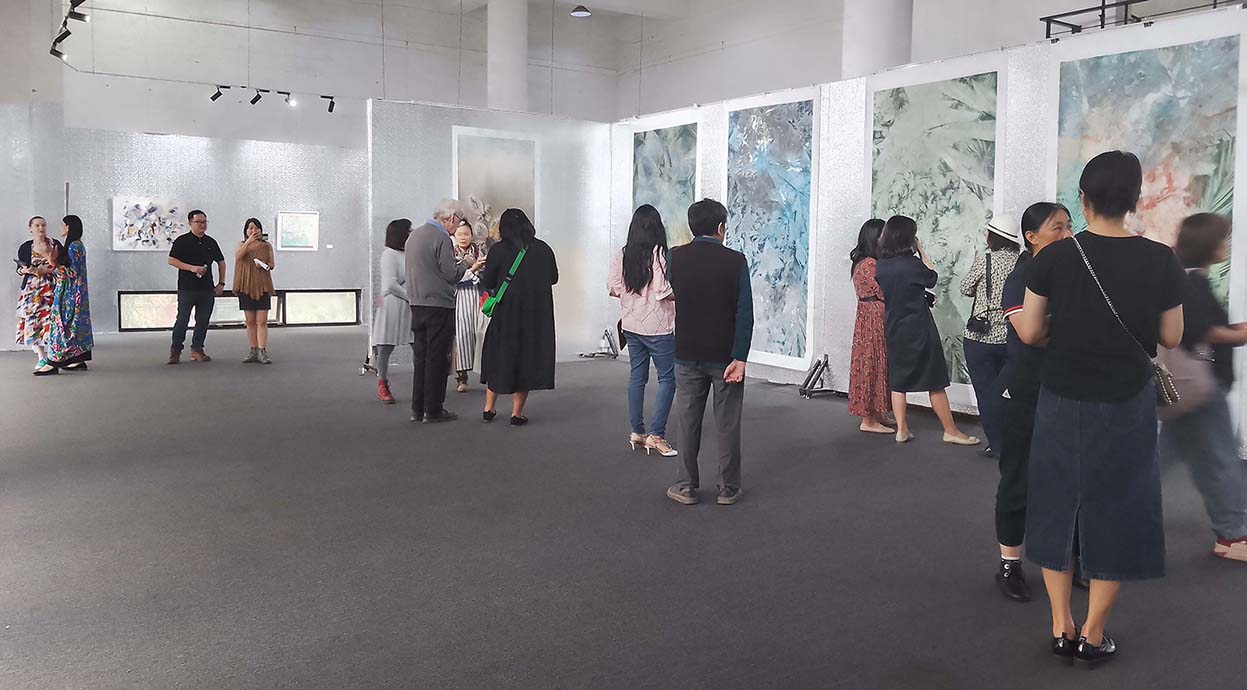

作品选

陈鱼作品
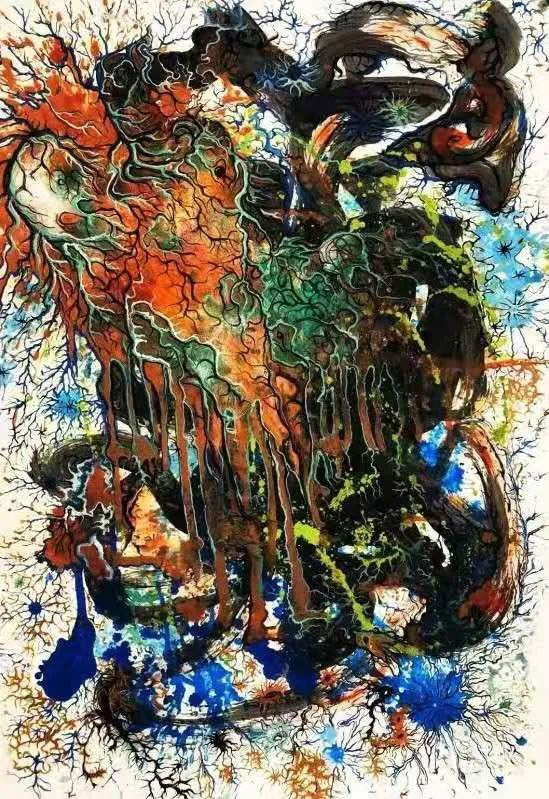
程小蓓作品
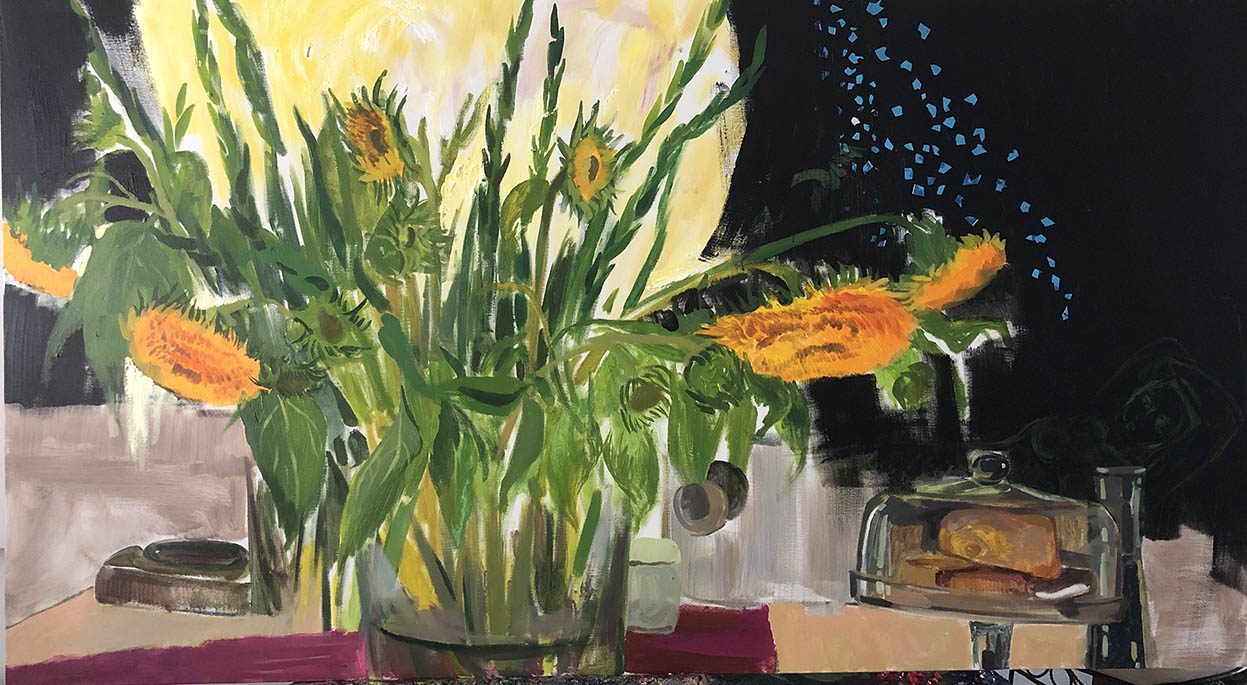
董晓丽作品
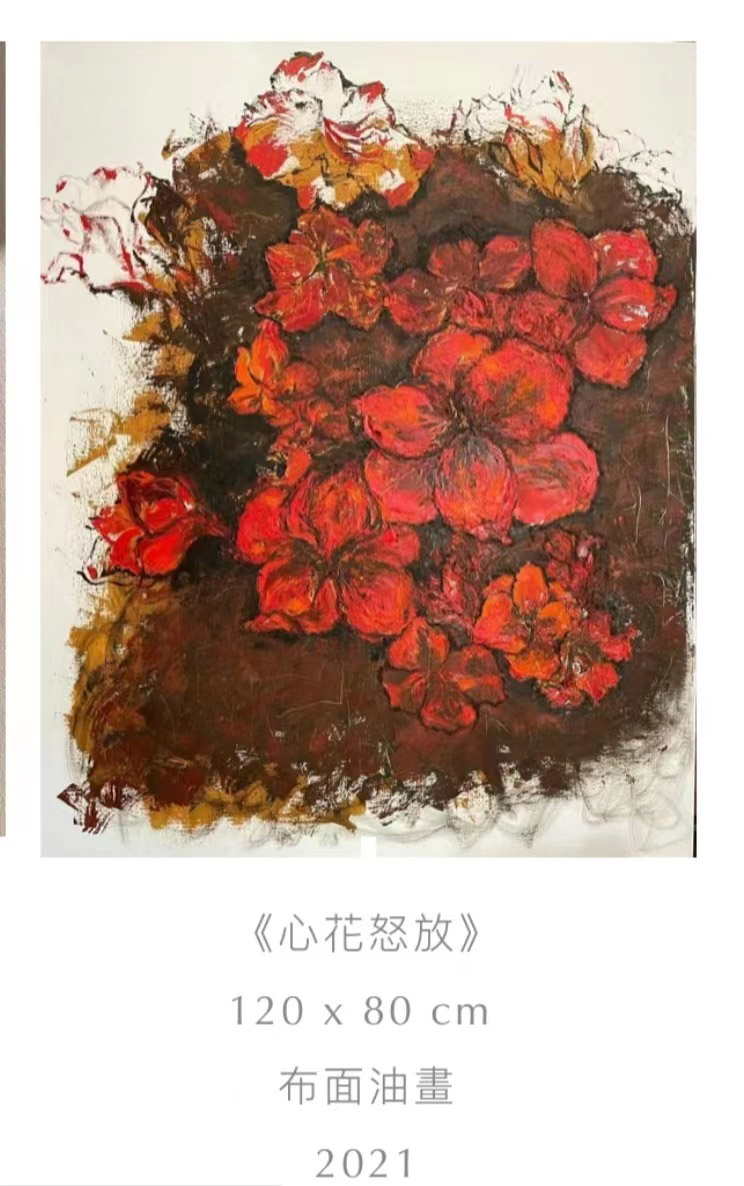
韩祺

李俊谊
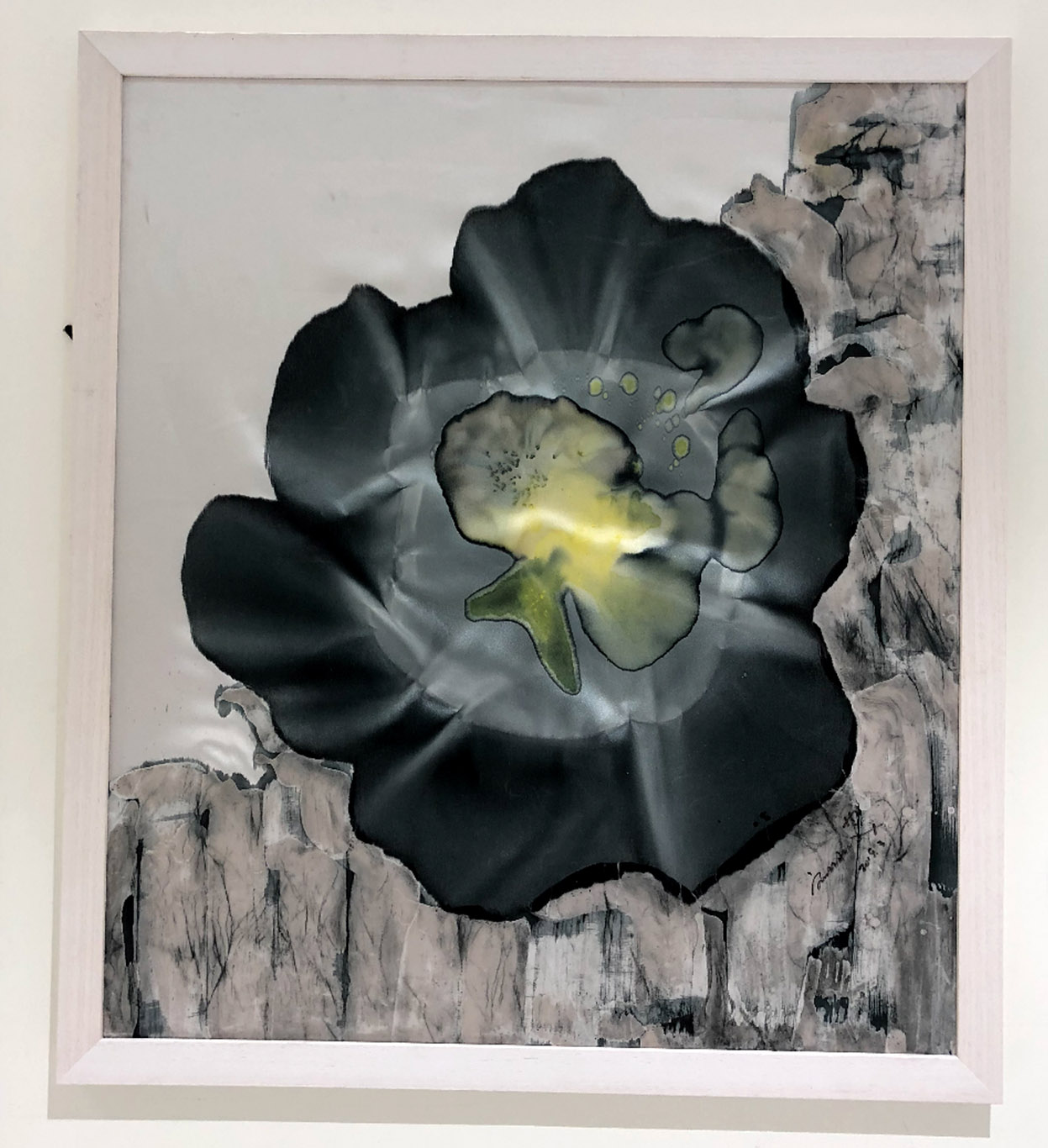
刘冰凌
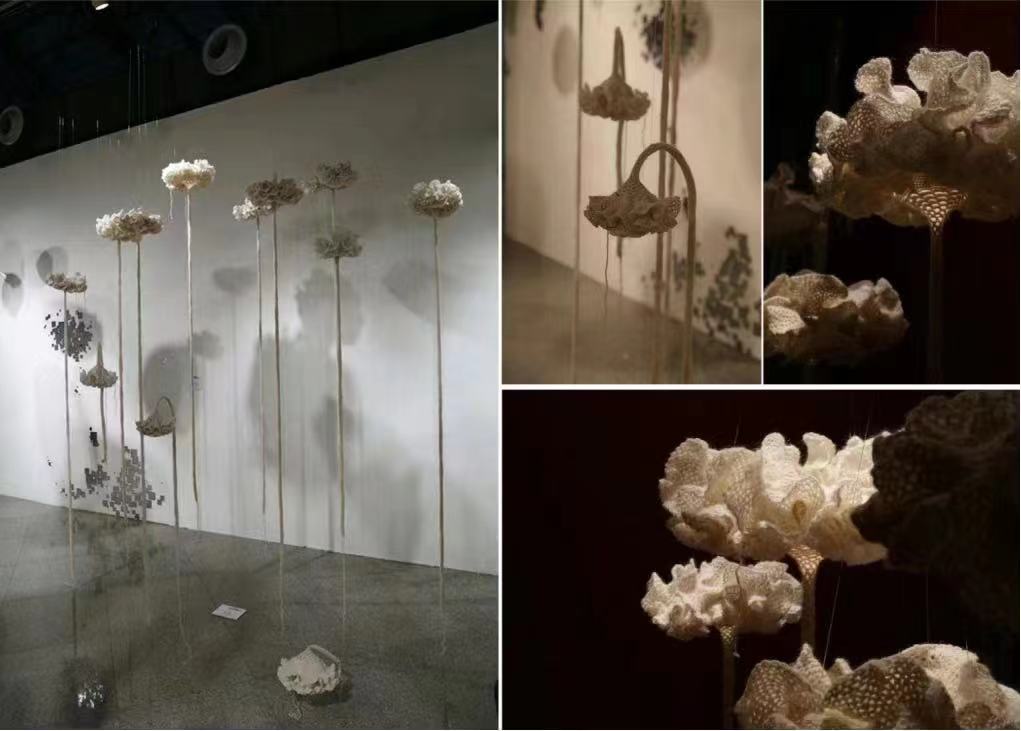
刘娜
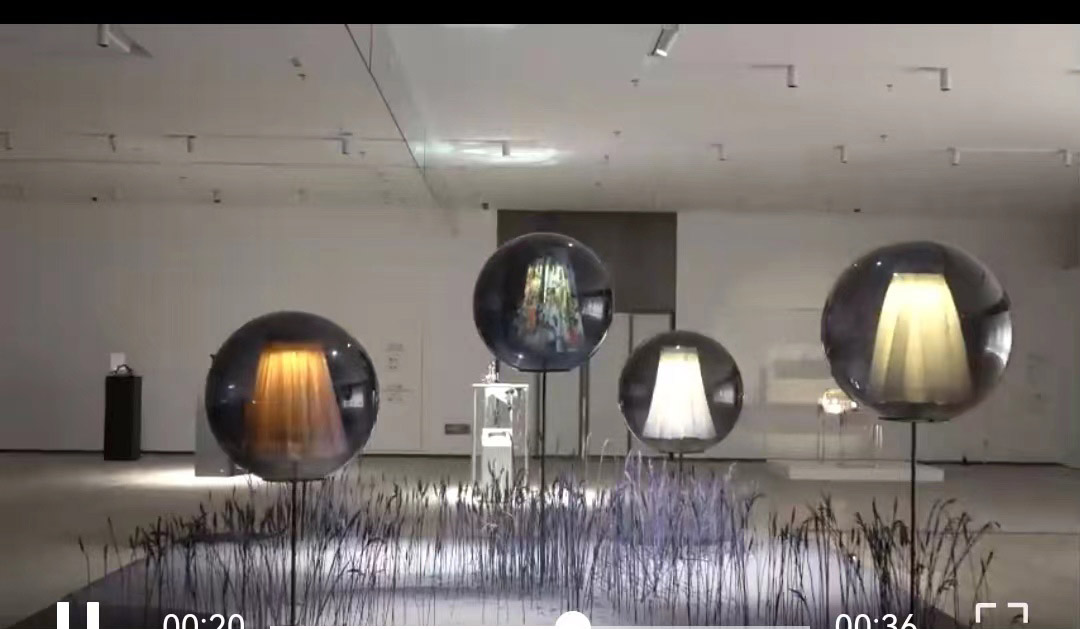
刘姝铭
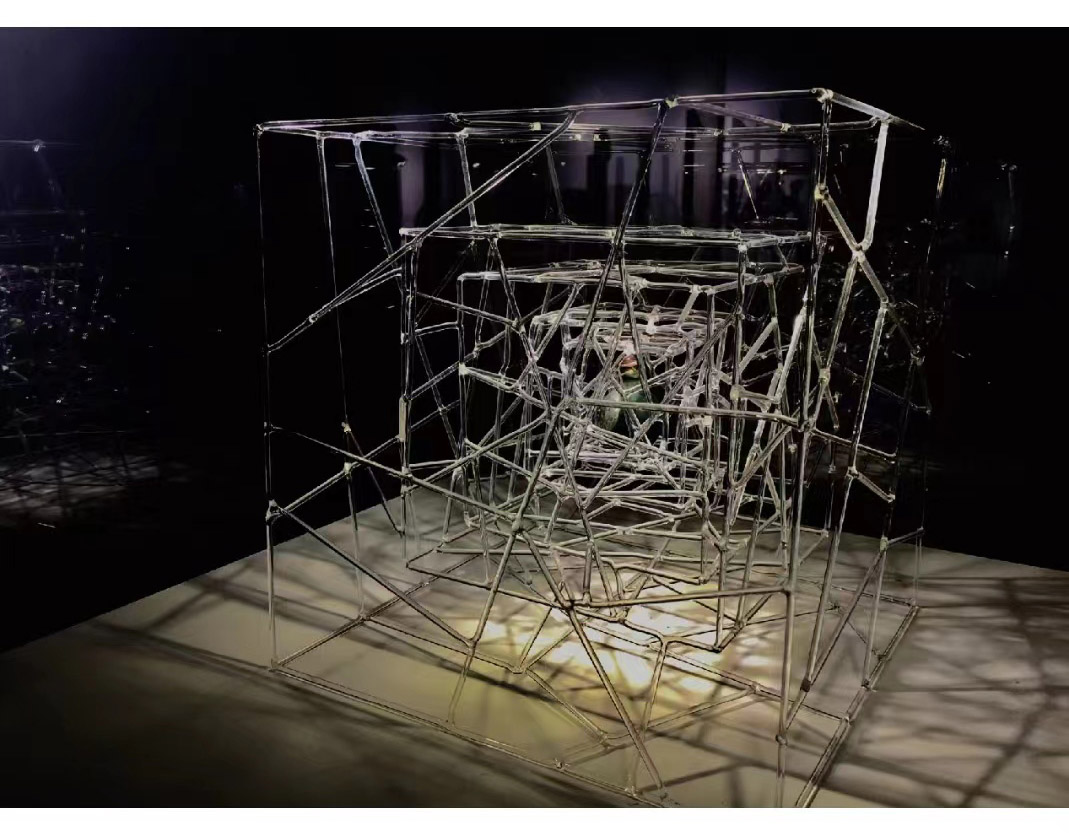
彭怡作品
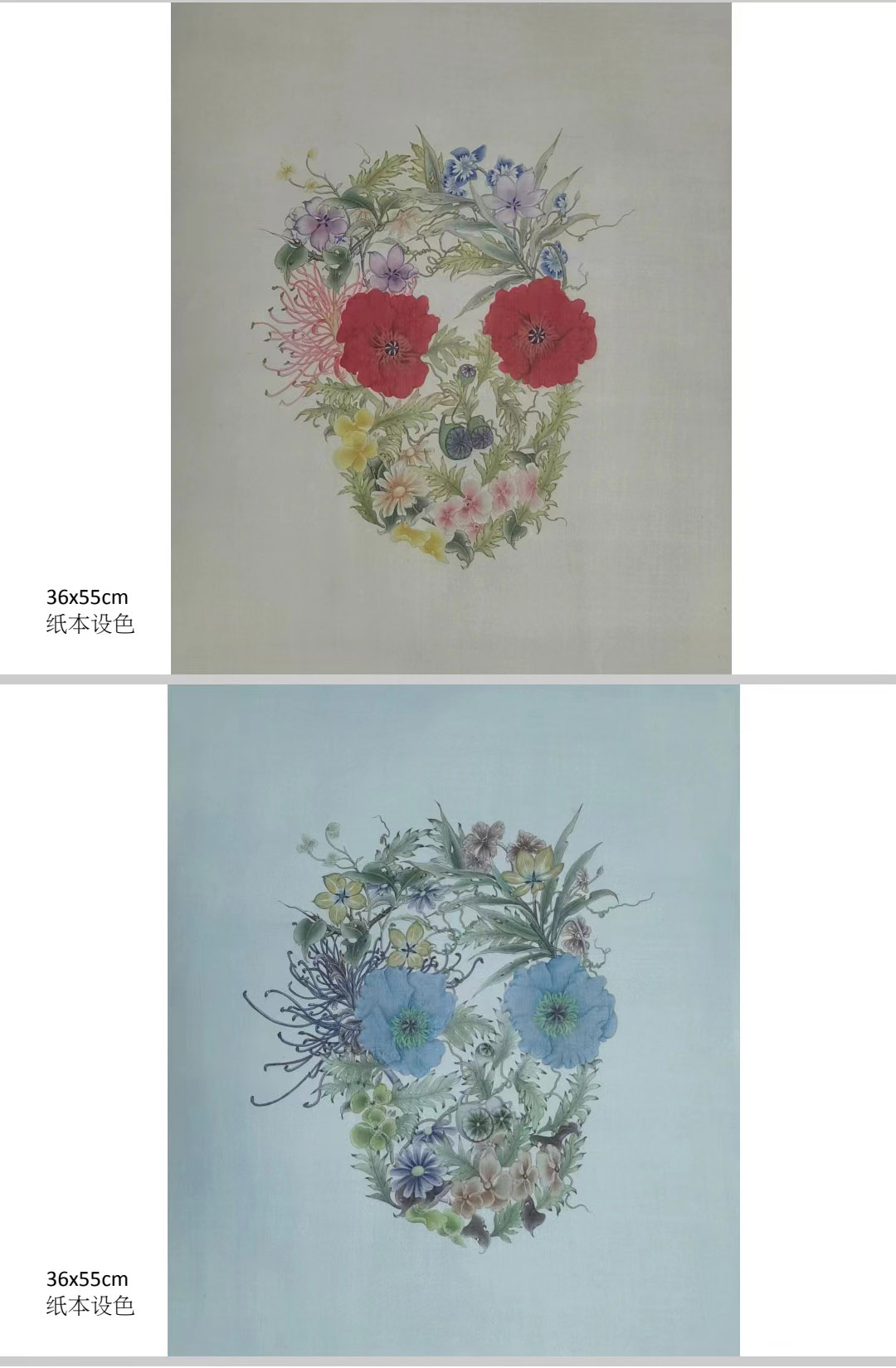
曲薇薇作品
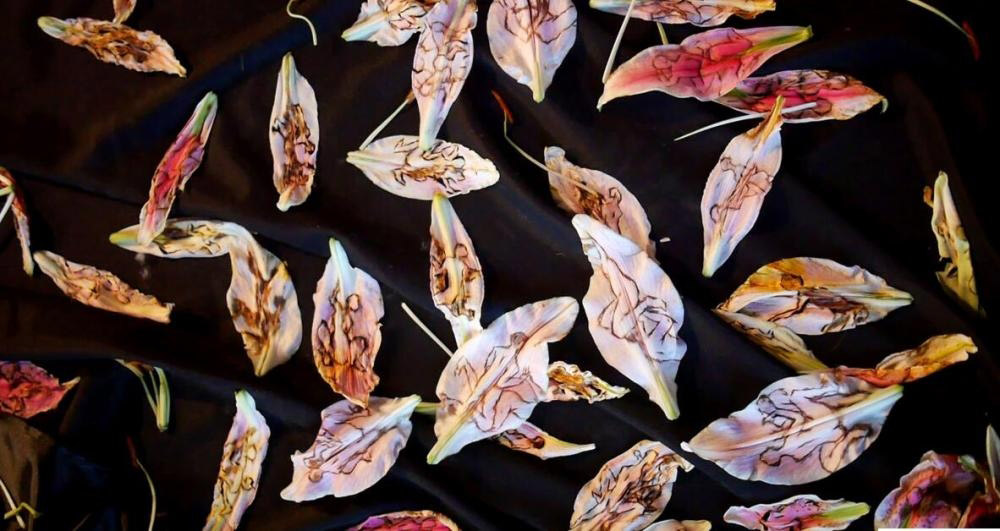
孙少坤
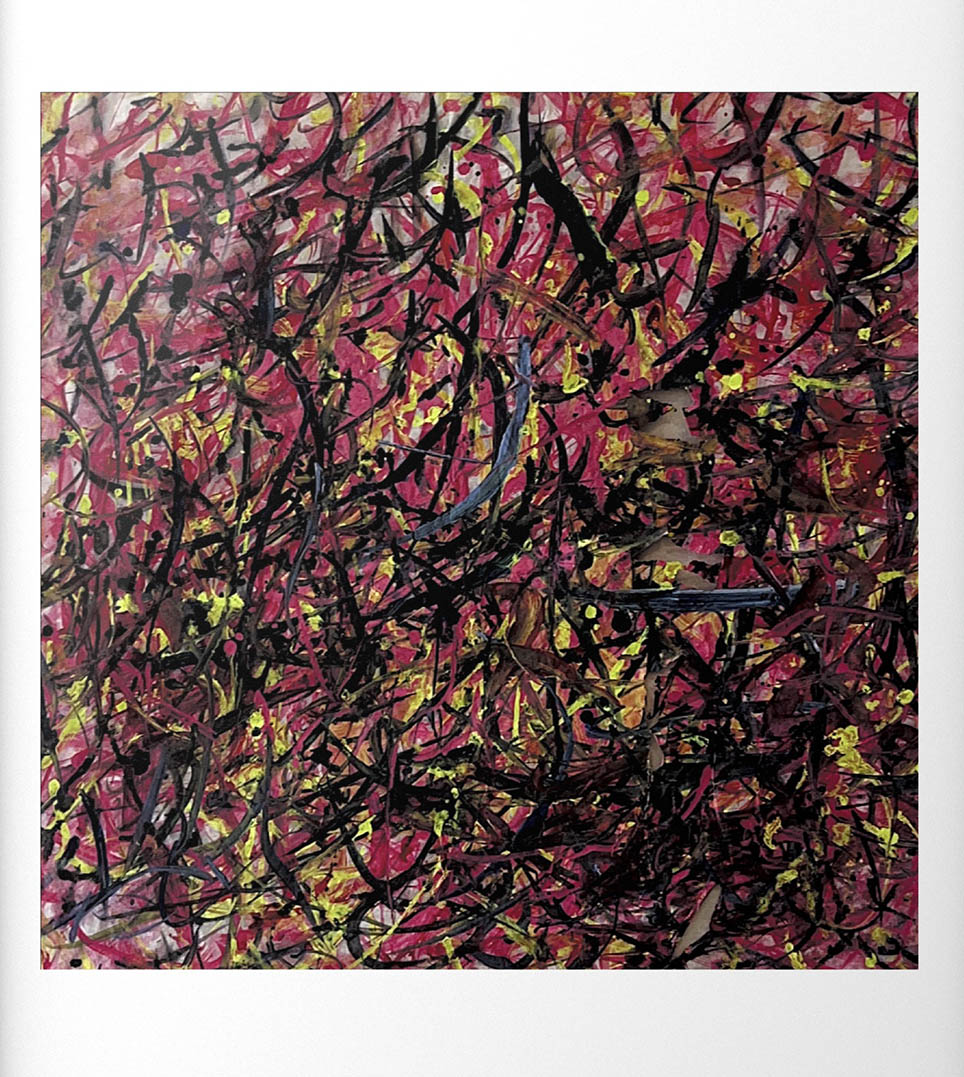
陶艾民
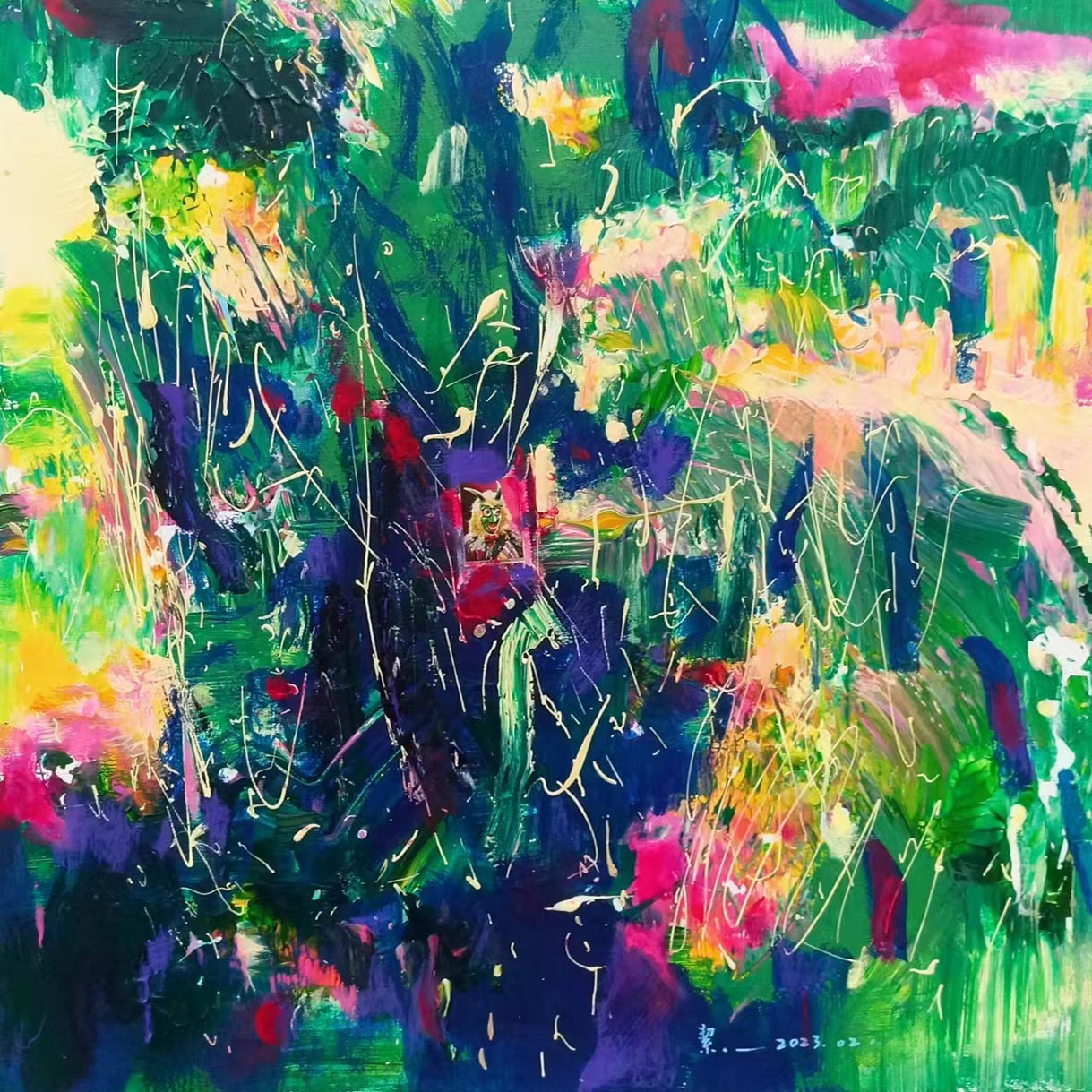
吴洁
🌸🌼🌻🌺🍀💐🌹🌈⭐
每一朵花都是不一样的存在
文:段少锋
近几年来关于女性的展览很多,这些展览或关注女性艺术家 ,或关注女性主义。2022年举办的第五十九届威尼斯双年展就具有很强烈的女性主义倾向,前不久在中央美术学院美术馆也举办了主题为“多维的感性”的女性艺术展。在数量庞杂的女性艺术展,甚至于文化领域近年来出现了大量的关于女性的专门出版,比如上野千鹤子的在中国的走红,前段时间《芭比》的热映让女性话题再次成为全球性热点,可见艺术中关注女性不是个案,而是一个时代发展的总体结果。以威尼斯双年展中国馆的历程中女性比例和近年来Hyundai Blue Prize年度策展人奖女性比例对比为例,我们不难发现年轻一代中女性在中国当代艺术的创作与研究中扮演了越来越重要的角色。 在这一时代大背景下韩淑萦策划“花朵的属性”女性艺术展的必要性就不难解释了。本次展览的可贵之处在于呈现了女性艺术家中那些刚刚从学院毕业的年轻的艺术家群体,这个展览的代际跨越使得这个展览可以管窥中国女性艺术的一个有效窗口。另外本次展览具有很强的策划属性,策展人以花朵作为策展切入点,选择了不同艺术家对于花朵的描绘。为什么要选择花朵是有趣的构思,因为女性从文化史以来就被赋予和花的象征的紧密联系,通俗文化中梅艳芳曾有一首歌便称作《女人花》,在更深层次来讲,从生殖崇拜来看,花朵象征着女性。女性常常被比作花朵,这种比喻常常出现于文学写作,女性赋予了花朵不同的文化含义,这些含义或正向或负向,其实带有一种男性视角。女性如何看待花朵,表现花朵,其实就好像女性在观看自己,理解自己一样。本次展览艺术家的绘画中花朵一定是不同的,或写实,或抽象,或象征,这些不同的花朵构成不同的艺术家属性。花朵的属性在我看来本质上是艺术家的属性决定的。一朵花的美丽和衰败、脆弱与坚强、灿烂与落寞都是伴生在每个女性对于生命的不同体验中的。女性理解花朵不再是因为女性被拿来和花朵做对比,而是她们主动的绽放自己,表达自己。 每个花朵必定是不一样的,我想起了几年前我在未名湖畔用影像记录下诗人西川读的一首诗,我在此借“花”仙佛,献给各位艺术家,诗歌名为《开花》,西川读到:开一朵不够开三千朵开三千朵不够开十万八千朵开遍三千大千世界
revealed 1222 times
|
